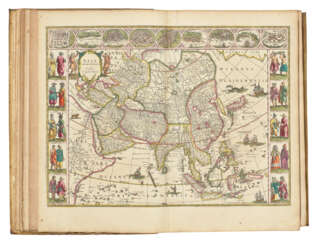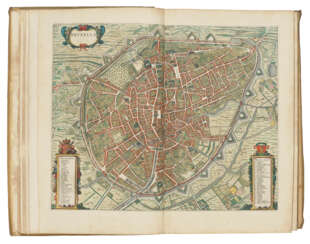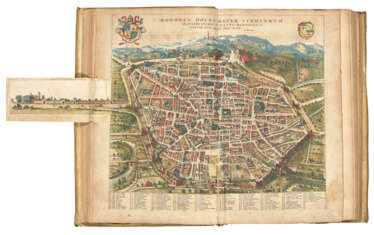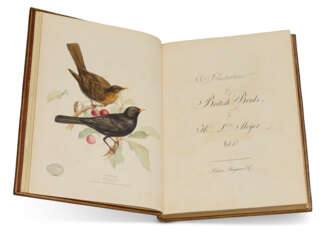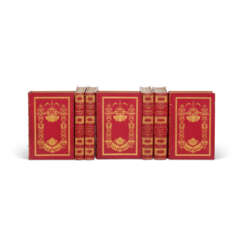
Printed books — Valuable Books, Manuscripts and Photographs, including Highlights from The Royal Society of Medicine
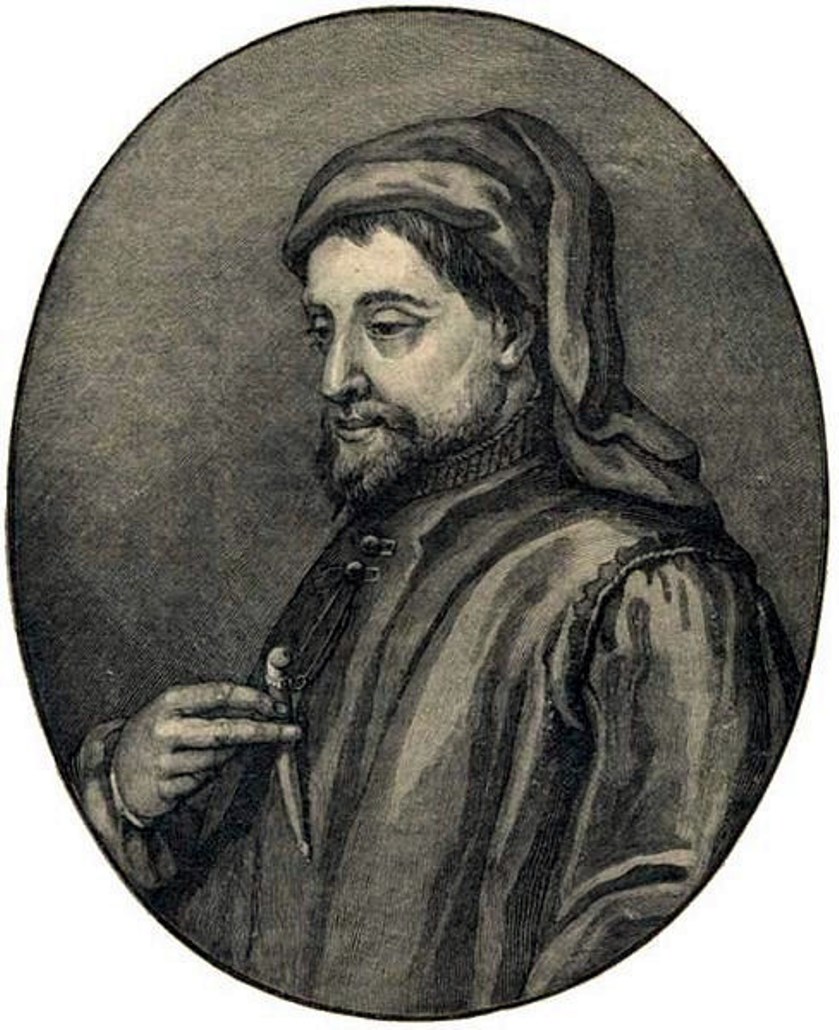
Geoffrey Chaucer was a medieval English poet and novelist, one of the founders of the literary English language.
Geoffrey Chaucer came from a wealthy family, in 1357 became a civil servant of Countess Elizabeth of Ulster and remained at the British court all his life. Later in his royal service, he traveled on diplomatic missions to France, Spain, and Italy. He made important contributions to the management of public affairs as a courtier, diplomat and civil servant. And very importantly, in these travels Chaucer was exposed to the works of Dante, Petrarch and Boccaccio, which later had a profound influence on his writing.
"The Canterbury Tales" became Geoffrey Chaucer's most famous and recognized work, although this voluminous work remained unfinished. He also wrote the popular science treatise "A Treatise on the Astrolabe", the historical poems "Troilus and Criseyde" and "Legends of Glorious Women", and many poems.
Geoffrey Chaucer is called the forerunner of the literature of the English Renaissance. He was the first to write works in his native language instead of Latin, for which he earned the title of "father of English poetry." Chaucer was buried in Westminster Abbey, and his grave became the first in the so-called "Poet's Corner", where Charles Dickens, Rudyard Kipling and Alfred Tennyson were later buried.

John James Audubon was a French-American ornithologist and painter, renowned for his groundbreaking illustrations of American birds. Born in 1785 in Les Cayes, Saint-Domingue (now Haiti), Audubon is remembered for his keen observation skills and innovative artistic techniques.
Audubon's most famous work, "The Birds of America," transformed the field of ornithology by presenting birds in lifelike poses and detailed backgrounds. Published between 1827 and 1838, it contained 435 hand-colored engravings, showcasing over 489 bird species. His unique approach to illustrating birds in their natural habitats was a departure from traditional methods, which often portrayed birds in rigid poses.
Audubon used a wire armature to position freshly-killed specimens, allowing him to depict birds with a sense of movement and vitality. This innovative technique was truly revolutionary and set him apart from his contemporaries. Additionally, Audubon's artistic skill and attention to detail made his illustrations highly sought after, with surviving copies of "The Birds of America" considered valuable collectibles today.
For art collectors and enthusiasts, Audubon's work continues to be a source of inspiration and admiration. His legacy endures through his contributions to ornithology and the art world, with museums and galleries showcasing his work. If you're interested in learning more about John James Audubon and his famous illustrations, consider subscribing to our newsletter for updates on new product sales and auction events related to his work.
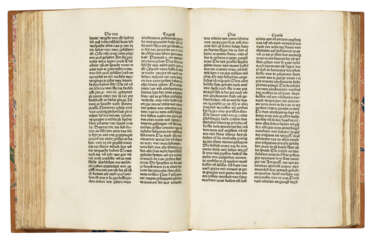



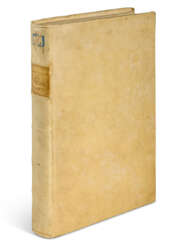

![VEGETIUS RENATUS, Flavius (d. 450) [and 6 others]](/assets/image/picture_5109163/1627a/0ef1241ebf6c787f20917e69d81501a61765321200jpg__fix_374_244.jpeg)
![VEGETIUS RENATUS, Flavius (d. 450) [and 6 others]](https://veryimportantlot.com/assets/image/picture_5109163/1627a/0ef1241ebf6c787f20917e69d81501a61765321200jpg__fix_374_244.jpeg)






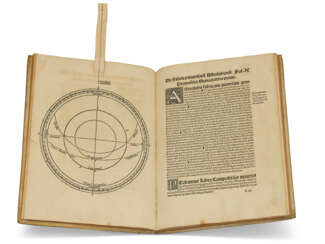








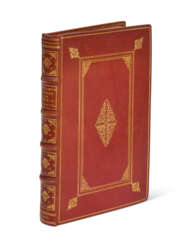

![[LODEWIJCKSZ, Willem (fl. 16th century)]](/assets/image/picture_5109021/377e8/538a5d277bde0fd68710154a766d11a11765321200jpg__fix_374_244.jpeg)
![[LODEWIJCKSZ, Willem (fl. 16th century)]](https://veryimportantlot.com/assets/image/picture_5109021/377e8/538a5d277bde0fd68710154a766d11a11765321200jpg__fix_374_244.jpeg)


